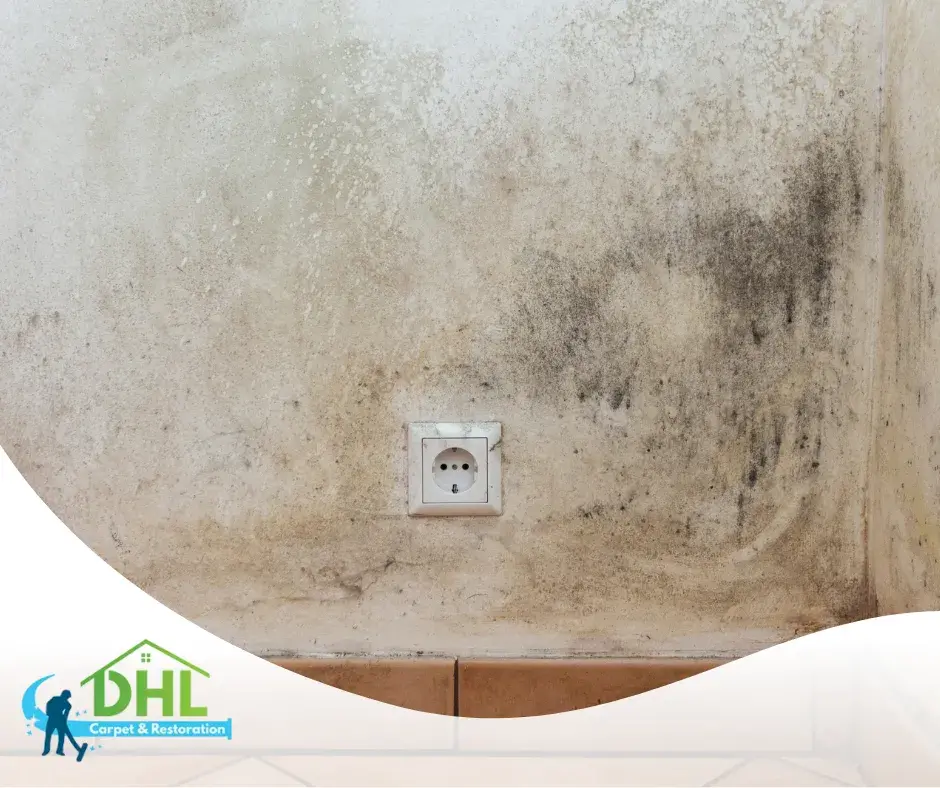When mold begins to grow inside a home, it doesn’t just affect appearance—it can jeopardize health and compromise structural integrity. That’s why Mold Remediation is more than just wiping away visible stains. It’s a detailed, methodical process designed to detect, isolate, and eliminate mold at its source while preventing future recurrence. Understanding what this process involves can help homeowners feel confident and informed when facing indoor mold problems.
Initial Inspection and Assessment
The first step of professional mold removal starts with a full inspection of the affected area. Technicians use moisture meters, thermal imaging, and air quality testing to locate mold colonies and trace them to hidden moisture sources. This evaluation helps define the scope of contamination and determine the appropriate remediation protocol. It also distinguishes between minor surface growth and more extensive infestations behind walls or under floors.
Containment and Air Filtration
Once the mold has been identified, the next step is to contain the spread. Technicians seal off contaminated zones using plastic sheeting and negative air pressure machines. This ensures that mold spores do not travel through the air to unaffected areas of the home. High-efficiency particulate air (HEPA) filters are then used to clean airborne particles, improving indoor air quality during and after the process. This crucial phase in Mold Remediation protects the safety of your home’s environment throughout the treatment.
Removal of Affected Materials
Porous materials such as drywall, insulation, carpeting, and ceiling tiles that are contaminated with mold often need to be removed. These materials can harbor spores deep within their fibers, making surface cleaning ineffective. After removal, all non-porous surfaces are thoroughly cleaned and treated with antimicrobial solutions to kill any remaining spores and reduce the risk of regrowth.
Restoration and Prevention
The final stage involves restoring the affected space to its original condition. This might include replacing drywall, painting, or installing new insulation. More importantly, preventative steps are taken to control humidity and eliminate the source of moisture that caused the problem in the first place. When done correctly, mold remediation not only removes the mold but also creates a long-term solution for healthier living conditions.
Learn More
Signs You Need Mold Remediation: Protect Your Health and Property

